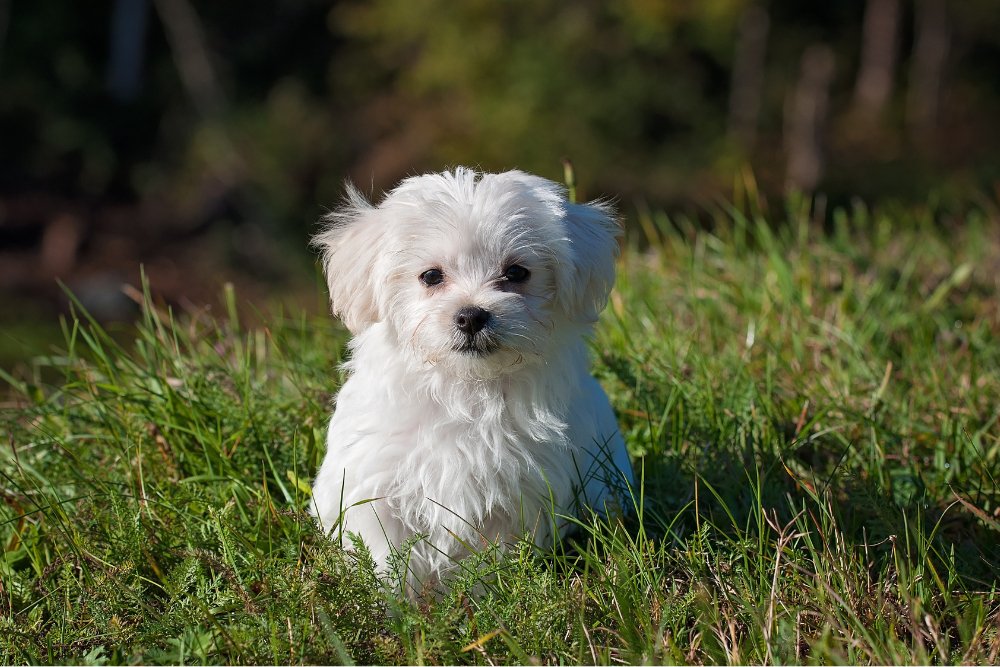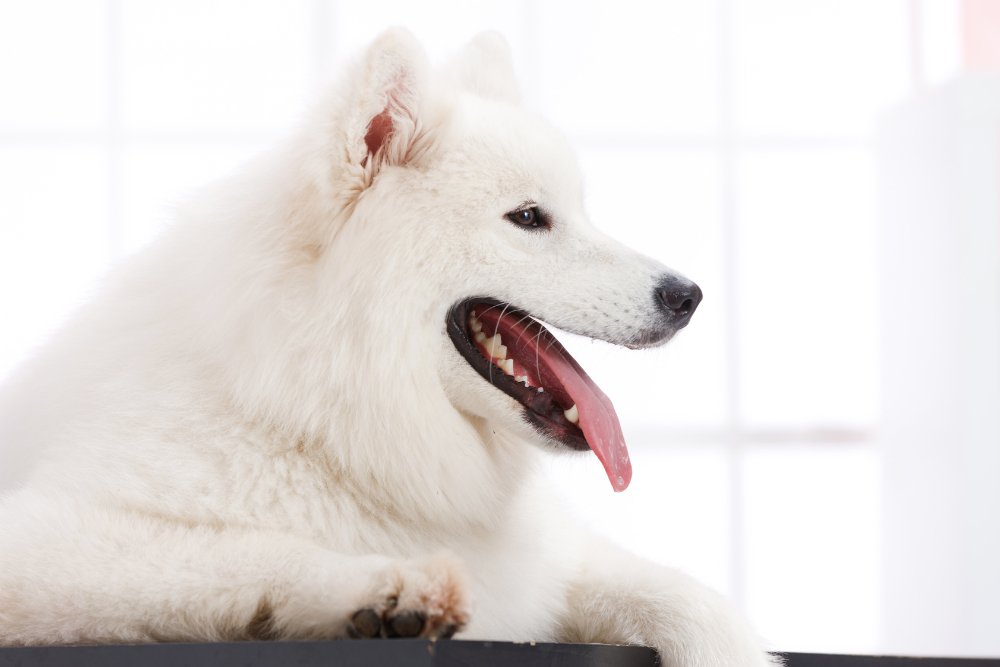As summer creeps up on us, our dogs seem to be in the midst of their annual "dress-up" season. During this season, dogs will naturally shed their heavy winter coats and put on light and breathable summer clothes in order to adapt to the hot environment. However, for pet owners, this is not just a visual transformation, but also a challenge in terms of home cleaning and dog health care. In this article, we will discuss in detail how to deal with dog hair loss in summer, and provide pet owners with a comprehensive set of coping strategies from daily care to environmental management.

Understanding the causes of dog hair loss in summer
Before exploring how to deal with dog hair loss in summer, we first need to understand the reasons behind this phenomenon. Summer dog hair loss is mainly affected by the following factors:
Seasonal hair change: dogs undergo periodic hair changes in order to adapt to the climatic changes of different seasons. The main purpose of summer hair replacement is to shed the thick winter coat, reduce heat accumulation and maintain body temperature balance.
Environmental temperature: High temperature and humidity will accelerate the dog's metabolism and promote hair shedding and renewal.
Nutritional status: Lack of essential nutrients, such as proteins, fatty acids and vitamins, will affect the growth cycle and quality of your dog's coat, leading to abnormal hair loss.
Health problems: Skin diseases, parasitic infections, endocrine disorders and other health problems may also lead to abnormal hair loss in dogs.
daily care recommendations
Regular combing of hair
Frequency: In summer, it is recommended to comb the dog's hair at least once a day. Long-haired dogs and dog breeds prone to knots may require more frequent combing.
Tools: Choose a comb that suits your dog's hair type, such as a detangling comb. For hair that is prone to tangles, use a knot-opening spray to assist with combing.
Skills: Starting from the dog's head, comb gently along the direction of hair growth, and do not pull hard when encountering knots, so as not to hurt the skin. Observe your dog's reaction during the combing process to make sure it feels comfortable.
Proper Diet Management
Balanced diet: Provide your dog with a balanced nutritional diet, including enough protein, fat, vitamins and minerals. You can choose high quality dog food as the main food and add fresh meat, vegetables and fruits as supplements as appropriate.
Drink water in moderation: Dogs are prone to sweating and dehydration in summer, so you can place water bowls in several locations in your home to encourage your dog to drink more water.
Avoid irritating foods: Avoid feeding your dog irritating foods that may adversely affect their skin and coat.
Regular Bathing and Grooming
Bathing Frequency: Arrange the bathing frequency reasonably according to your dog's skin texture, coat type and activity level. Generally speaking, you can bathe your dog once every 1-2 weeks in summer. But be careful not to over-bathe, so as not to destroy the skin oil balance.
Wash and care products: Choose pet-specific wash and care products suitable for the dog's skin type, and make sure the water temperature is moderate when bathing to avoid scalding the dog's skin.
Beauty care: For long-haired dogs or dog breeds that need special modeling, you can regularly take them to the pet store for beauty care, such as hair trimming.
environmental management strategies
Keep your home clean
Regular cleaning: Clean the home environment regularly every day or every week to remove the hair and dander that your dog has shed. You can use tools such as vacuum cleaner, hair sticker or electrostatic mop to clean up.
Use anti-fur mats: Put down anti-fur mats or carpets in areas where your dog spends a lot of time to minimize the adhesion of hair to furniture and floors.
Use an air conditioner or fan: In hot weather, you can use an air conditioner or fan to lower the indoor temperature and provide a cool and comfortable environment for your dog. However, be careful to avoid blowing directly on your dog's body to avoid catching a cold.
Shade and cooling: Provide your dog with shade and enough fresh water when outdoors to avoid prolonged exposure to the hot sun that can lead to heat stroke or dehydration.
Reduce Stressors
Quiet environment: Provide your dog with a quiet and stable living environment, avoiding excessive noise and stimuli. Excessive stress may lead to abnormal hair loss and other adverse reactions.
Moderate exercise: Reasonable arrangements for the dog's amount of exercise and time, to avoid overwork leading to a decline in body immunity and increased hair loss.
pay attention to the health of the dog
Regular medical checkups: Take your dog for regular medical checkups and vaccinations to detect and treat potential health problems in time. Skin diseases, parasitic infections and other health problems can lead to abnormal hair loss in dogs.
Observe behavioral changes: Pay close attention to your dog's behavioral changes and mental state. If your dog shows abnormalities such as frequent scratching, licking of the skin or loss of appetite, you should seek medical attention.
Hair loss of dogs in summer is one of the normal phenomena, through the implementation of these measures, you can effectively reduce the problem of hair loss and promote the health of their skin and coat.






Leave a comment
All comments are moderated before being published.
This site is protected by hCaptcha and the hCaptcha Privacy Policy and Terms of Service apply.